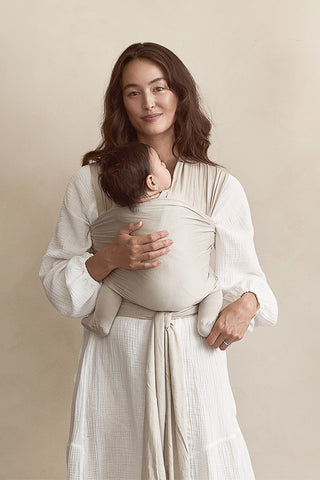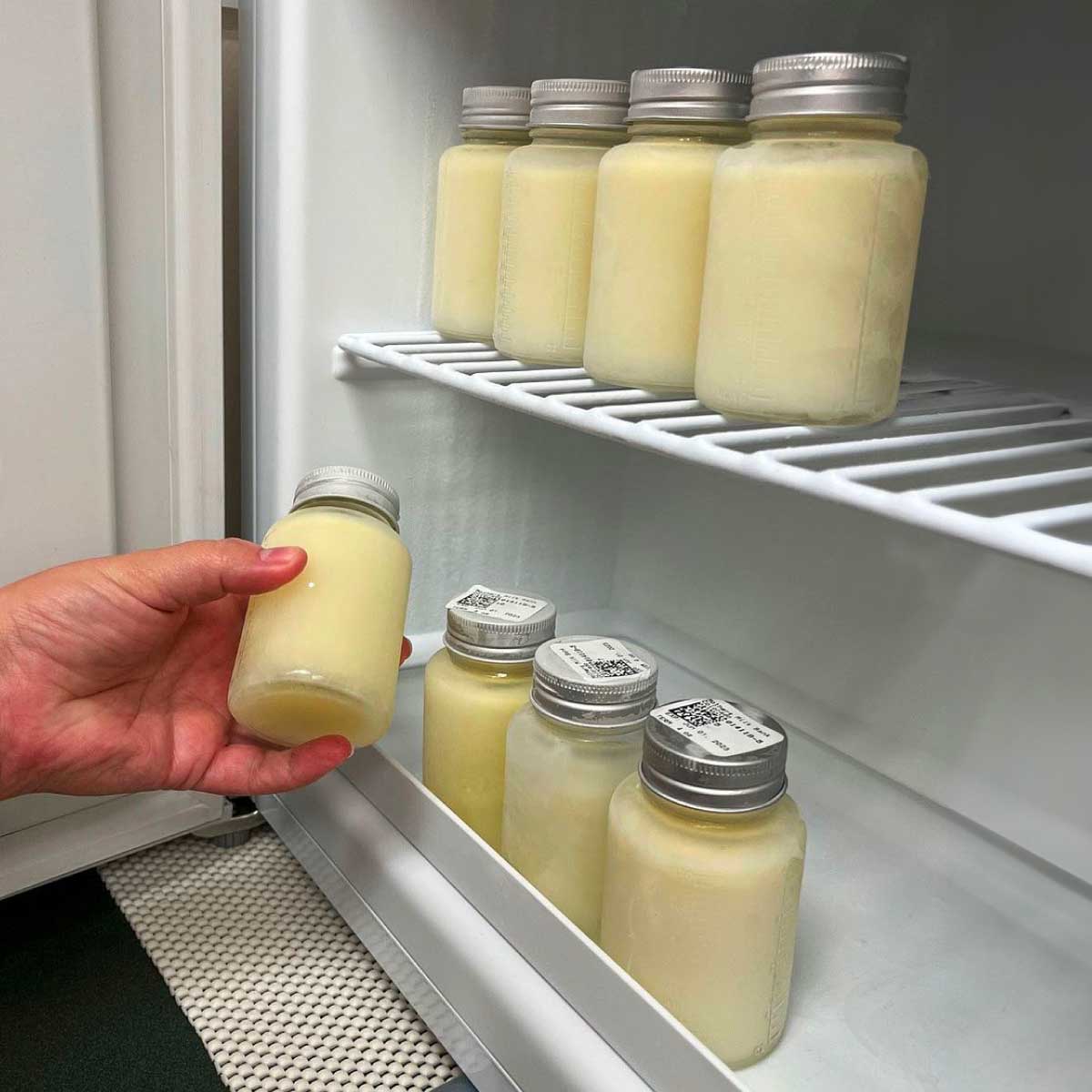All too often, breastfeeding is something that parents don’t receive education, resources, or support for until after birth—or in many cases, at all. Which is why we’re partnering with the experts at The Lactation Network (TLN) to bring you breastfeeding information and resources as you walk through your feeding journey. Here, their team of International Board Certified Lactation Consultants (IBCLCs) offer tips for breast milk storage, including what to store breast milk in, how to label it, and how long breast milk is safe for baby if it’s stored in the refrigerator or freezer.
How to Store Breast Milk
Breast milk should always be stored in breast milk storage bags or clean, glass or plastic food-grade containers with snug-fitting lids, according to the CDC. Suzanne Juel, a consulting IBCLC for The Lactation Network, recommends storage in glass bottles since, “Glass is inert, so there is no chance of contaminants leaching into the milk.” No matter what, always use BPA-free containers and never use bags or bottle liners that aren’t intended for breast milk storage.
How to Label Breast Milk Containers
Before you put your milk in the fridge or freezer, clearly label its container with the date it was expressed (not the date it was frozen) so you can use the oldest batch first.
It’s okay to combine milk in the refrigerator as long as it’s the same temperature, just be sure to date it according to the oldest express date. For example, if you pumped and refrigerated an ounce of milk yesterday, then pumped another ounce today, you should first refrigerate today’s ounce, then combine it with yesterday’s and label it with yesterday’s date.
Where to Store Breast Milk
It might be tempting to store your breast milk in the fridge or freezer door where it’s easily accessible, but the IBCLC’s at The Lactation Network advise against it since doing so can expose the milk to temperature changes that could impact its quality. Instead, it’s best to place it at the back of the fridge, ideally on the bottom shelf, where the temperature is most stable. Your refrigerator should be kept below 40°F, but not cold enough to freeze the milk.
When freezing your milk, leave at least an inch of space at the top of the container since breast milk expands when frozen. It can also be helpful to freeze it in two or four ounce portions (or your baby’s typical feeding size), to avoid wasting any milk baby doesn’t consume.
Note: You should note combine freshly expressed room temperature milk with refrigerated or frozen milk. Combined breast milk should always be mixed at the same temperature.
How Long Does Breast Milk Last at Room Temp or in the Fridge/Freezer?
The CDC breast milk storage guidelines state that breast milk can sit at room temperature (77°F or colder) for no longer than four hours, in the refrigerator for no longer than four days, and in the freezer for no longer than a year. Just note that frozen breast milk starts to decline in quality after six months, so it’s preferred to use it before then if possible.
According to TLN’s IBCLC, “We always preferentially feed fresh or refrigerated milk, as freezing the milk has a chemical impact on the milk, and over time, the milk will lose some nutrients. So, we tell our clients … to look at their freezer stash as their 'emergency fund' for breastfeeding.”
Insurance-Covered Lactation Consultants
Looking for help with breastfeeding, pumping, or anything lactation-related? The Lactation Network offers support to nursing mothers by connecting them with IBCLC’s through their insurance. Learn more here.









